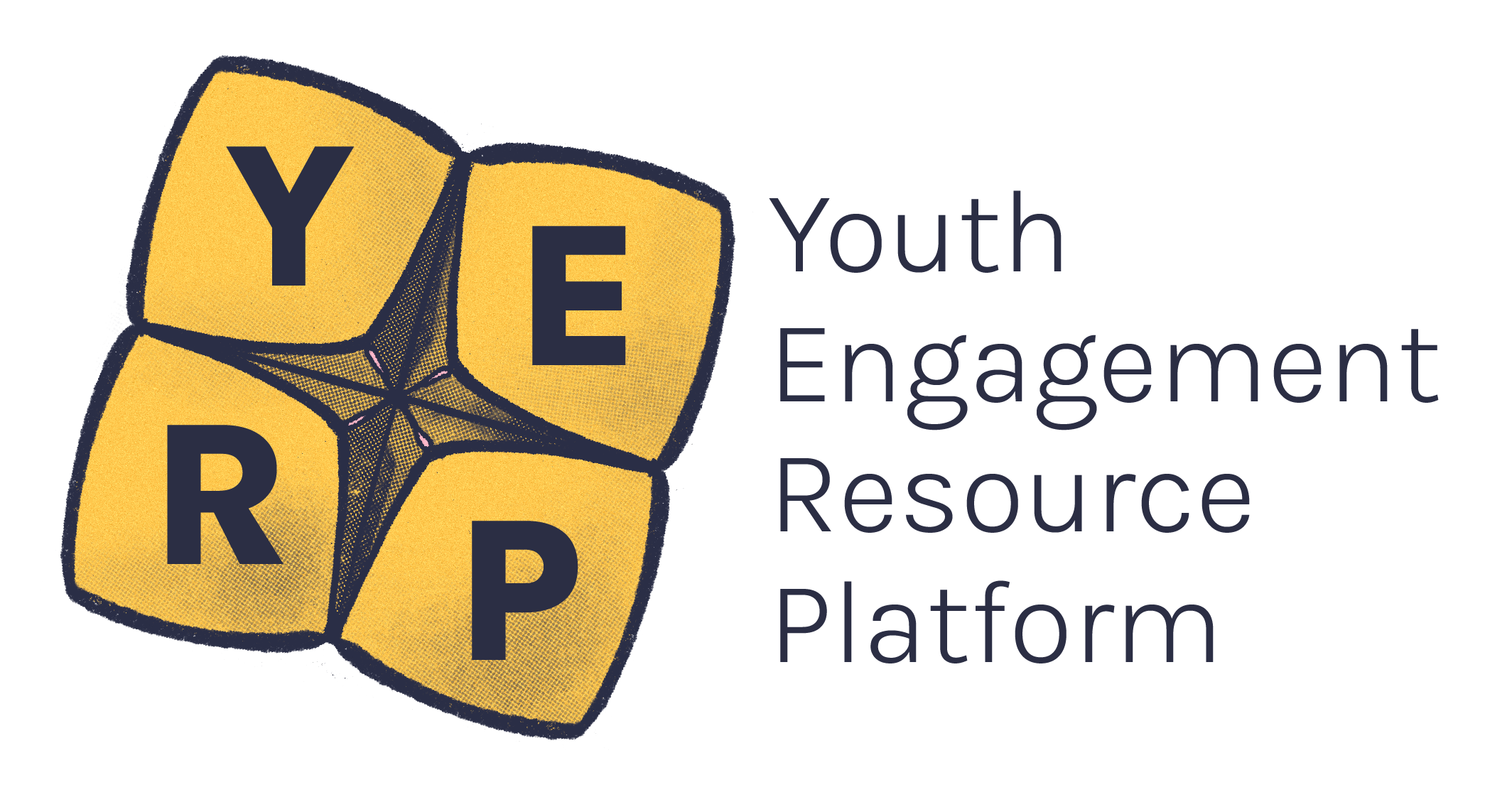This post was first published on the VCOSS Voice blog on 26 February 2013 and we are republishing it here with their kind permission.
Guest blog by Dr Jessie Mitchell, Victorian Rural Youth Services Support and Advocacy Officer at the Youth Affairs Council Victoria.
When talking about rural and regioinal communities, a common challenge presents itself: how do you draw attention to the higher levels of disadvantage outside of major cities, without losing sight of the great strengths of rural community life? Both issues are important for the 30 per cent of Victoria’s children and young people who are growing up in rural and regional areas.
The latest State of Victoria’s Children report, released by the Victorian Government (Department of Education and Early Childhood Development – DEECD), provides a wealth of information about the benefits and risks of growing up in rural and regional Victoria. It combines new statistics, case studies and fabulous art by primary school students, depicting their home towns.
Many young Victorians from rural and regional areas have an especially strong sense of community. They are more likely than their Melbourne peers to agree that adults in their communities pay attention to what young people have to say, and to report having trusted adults in their lives, whom they can turn to for advice. They are also more likely to contribute to their communities through volunteering.
Unfortunately, they are also especially vulnerable to problems in relation to their education, job prospects, health and safety.
On average, rural and regional students take more days off school than their Melbourne peers, and have lower rates of literacy, numeracy, school enjoyment and interest in school subjects. In 2011, the Year 10 to 12 retention rate was 74 per cent in rural and regional Victoria, compared with 87 per cent in metropolitan areas. Rural young people are taking part in higher education at increasing rates, but they are still less likely to go to university or Certificate IV training than their city peers.
Just getting around rural and regional Victoria can be difficult. Only 56 per cent of young people surveyed reported having access to public transport, compared with 81 per cent of young people in metropolitan areas. For the under-18s, who cannot drive, this is a particular problem. Half of those surveyed said that transport barriers made it hard for them to work, study, socialise or see a doctor.
The report also raises concerns about young people’s health. The birth rate to teenage young women in rural and regional areas is approximately twice that in metro areas, and rates of sexually-transmissible infections are higher. Rural and regional teenagers are more likely than their city peers to report binge drinking and having easy access to alcohol. Rural and regional children and young people are more likely to be the subjects of child abuse substantiations and to experience family violence; they are also more likely than young people in cities to be victims of crime or to commit crimes.
This valuable report reminds us of the importance of supporting preventative health campaigns, strengthening transport options, addressing educational disparities, and ensuring services supporting young people are funded sustainably to meet the costs of rural and regional service delivery. Growing up in a rural and regional community can be a great experience: it should not be a source of disadvantage.




